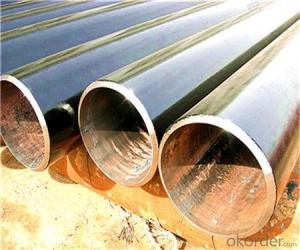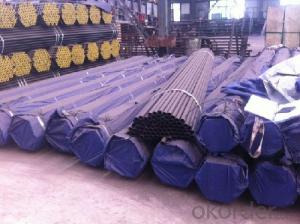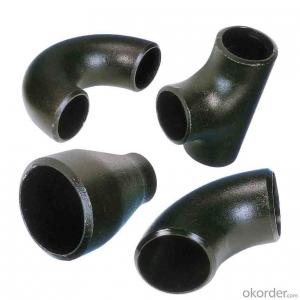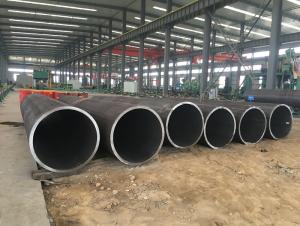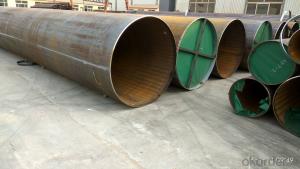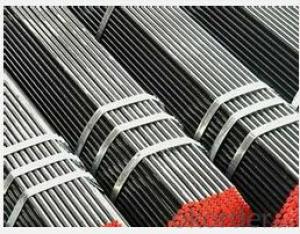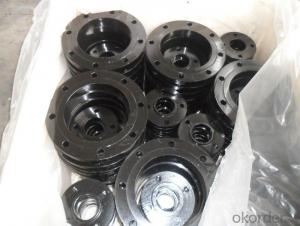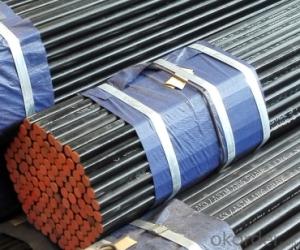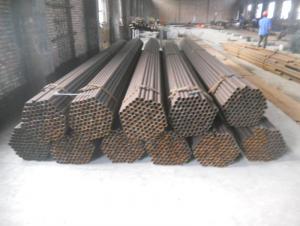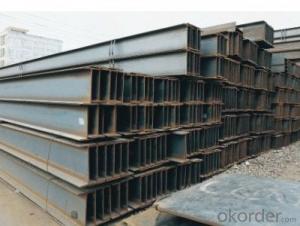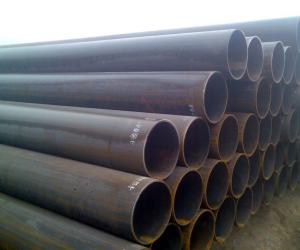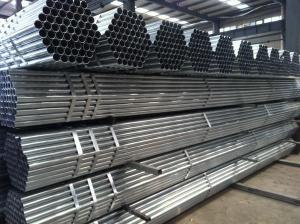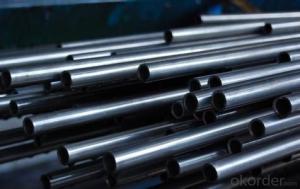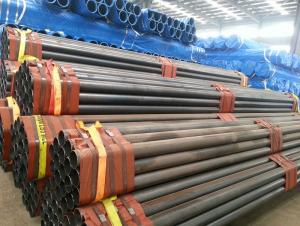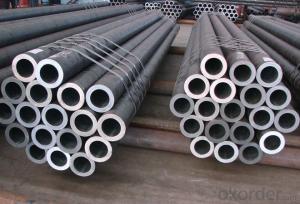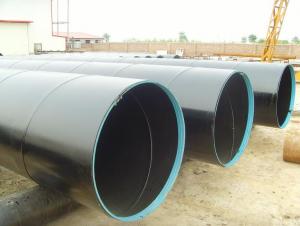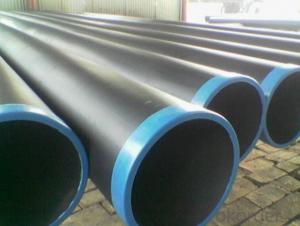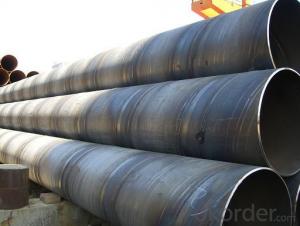All Categories
- - Steel Wire Rod
- - Steel Coils
- - Steel Profiles
- - Steel Pipes
- - Stainless Steel
- - Tinplate
- - Special Steel
- - Steel Sheets
- - Steel Rebars
- - Steel Strips
- - Hot Rolled Steel
- - Cold Rolled Steel
- - Pre-painted Steel
- - Seamless Steel Pipe
- - Welded Steel Pipe
- - Hollow Steel Tubes
- - Galvanized Pipe
- - Stainless Steel Coil
- - Stainless Steel Sheet
- - Stainless Steel Plate
- - Stainless Steel Strips
- - Electrolytic Tinplate Coil
- - Electrolytic Tinplate Sheet
- - Stainless Steel Rebars
- - Solar Panels
- - Solar Water Heater
- - Solar Related Products
- - Solar Inverter
- - Solar Cells
- - Solar Light
- - Solar Energy Systems
- - Solar Controllers
- - Solar Mounting System
- - Solar Pump
- - Solar Chargers
- - Fiberglass Chopped Strand
- - Fiberglass Mesh Cloth
- - Composite Pipes
- - FRP Pultrusion Profiles
- - Fiberglass Mat Tissue
- - Fiberglass Fabrics
- - Fiberglass Mesh
- - Composite Tank
- - Fiberglass Mesh tape
- - Polymer
- - FRP Roofing Panel
- - Fiberglass Roving
- - Monolithic Refractories
- - Ceramic Fiber Products
- - Refractory Bricks
- - Raw Materials For Refractory
- - Suspended Platform
- - Cranes
- - Concrete Machinery
- - Earthmoving Machinery
- - Building Hoist
- - Road Building Machinery
- - Plastic Pipe Fittings
- - Plastic Tubes
- - Plastic Sheets
- - Agricultural Plastic Products
- - Plastic Nets
 All Categories
All Categories
Q & A
How do steel pipes contribute to the construction of roller coasters and thrill rides in amusement parks?
Steel pipes are an essential component in the construction of roller coasters and thrill rides in amusement parks. They are used to create the track structure, supporting the weight of the ride and providing stability. The durability and strength of steel pipes allow for the creation of complex and dynamic designs, enabling thrilling and safe experiences for riders. Additionally, steel pipes can be fabricated into various shapes and sizes, allowing for customization and innovation in ride design.
What is the significance of hydrostatic testing in ensuring the integrity and strength of steel pipes?
Hydrostatic testing is crucial in ensuring the integrity and strength of steel pipes because it helps identify potential weaknesses or defects that could lead to failure or leakage. By subjecting the pipes to high-pressure water, any flaws, such as cracks, leaks, or inadequate welds, can be detected before they become a significant problem. This testing method ensures that the pipes are reliable, durable, and capable of withstanding the required pressure, enhancing safety in various industries that rely on steel pipes for transportation of fluids or gases.
How do you calculate the pressure drop in a complex network of interconnected steel pipes?
To calculate the pressure drop in a complex network of interconnected steel pipes, various factors need to be considered. These factors include the pipe diameter, length, roughness, flow rate, viscosity of the fluid, and the number of bends, valves, and fittings in the network.
One approach to calculating the pressure drop is to use established equations, such as the Darcy-Weisbach equation or the Hazen-Williams equation, which relate the pressure drop to these factors. These equations take into account the fluid properties, pipe characteristics, and flow conditions to estimate the pressure loss.
Another method involves using computational fluid dynamics (CFD) software, which can simulate the flow behavior in the network and provide more accurate predictions of pressure drop. CFD uses numerical methods to solve the governing equations of fluid flow, considering the complex network geometry and flow conditions.
In any case, accurate data on the network's pipe dimensions, fluid properties, and flow rates are essential for obtaining reliable results. It is also important to consider any specific requirements or constraints of the system, such as maintaining a minimum pressure at certain points or avoiding excessive pressure drops.
Overall, calculating the pressure drop in a complex network of interconnected steel pipes requires a combination of established equations, specialized software, and careful consideration of the system's characteristics and requirements.
Wholesale Steel Pipes from supplier in British
Our team of experts is dedicated to providing top-notch customer service and ensuring that our clients receive the best solutions for their Steel Pipes requirements. We understand the unique needs of the British market and are well-equipped to meet them.
With our strong ties to CNBM, we have access to a vast network of suppliers and manufacturers, enabling us to offer competitive prices and high-quality products. Whether you need standard Steel Pipes or specialized solutions, we can source and deliver them to you efficiently.
In addition to our procurement services, we also offer technical support and guidance to assist you in finding the right Steel Pipes products for your specific applications. Our team is knowledgeable and experienced, and we are always ready to provide assistance and answer any questions you may have.
At our core, we prioritize customer satisfaction and aim to build long-term partnerships with our clients. We strive to exceed expectations and deliver exceptional service at every step of the process, from initial inquiries to after-sales support.
Choose us as your trusted supplier of Steel Pipes in the British market, and experience the difference our expertise and commitment can make.
With our strong ties to CNBM, we have access to a vast network of suppliers and manufacturers, enabling us to offer competitive prices and high-quality products. Whether you need standard Steel Pipes or specialized solutions, we can source and deliver them to you efficiently.
In addition to our procurement services, we also offer technical support and guidance to assist you in finding the right Steel Pipes products for your specific applications. Our team is knowledgeable and experienced, and we are always ready to provide assistance and answer any questions you may have.
At our core, we prioritize customer satisfaction and aim to build long-term partnerships with our clients. We strive to exceed expectations and deliver exceptional service at every step of the process, from initial inquiries to after-sales support.
Choose us as your trusted supplier of Steel Pipes in the British market, and experience the difference our expertise and commitment can make.
